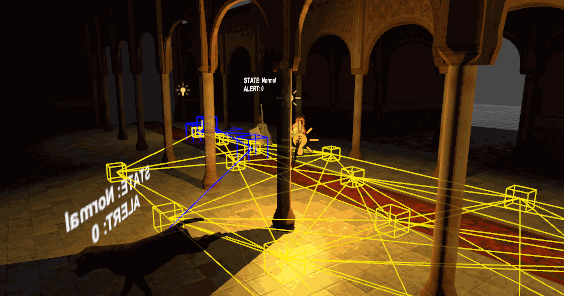 |
| Julia set fractal thing of a quaternion function... I actually don't really know what that means, but it's pretty. |
There are 2.75 ways to store rotations in Unity: (1) quaternions and (2) euler angles (directional vectors are the 0.5, and some math functions secretly take radians instead of degrees, that's the 0.25)...
Euler angles are the typical 0-360 degree system taught in most junior high / high school geometry classes, while radians are in "units of pi" and represent the curvature of a circle. Then there's quaternions, which are scary 4 dimensional representations of a rotation that you may have never heard of / can barely spell! Fortunately, you don't need to know quaternion math in order to work with rotations, Unity will handle conversions for you.
Okay, so first let's explore a most common problem: how do you make stuff look at stuff in Unity?






